Juniper Bonsai | جونیپر بونسائی
₨9,075.00 Original price was: ₨9,075.00.₨7,500.00Current price is: ₨7,500.00.
These evergreen conifers feature leaves that can either be like needles or scales, and most of the species change from needle form to scale form as they mature.
Description for Juniper Bonsai
There are more than 170 cultivated varieties of juniper, including low-growing ground cover or edging plants, shrubs and trees. The shapes include narrow columns, tight pyramids, and rounded forms that spread as wide as their height or more.
The fragrant foliage can be either needles or overlapping scales. Some shrubs have both types of foliage because the leaves start out as needles and transition to scales as they mature.
Juniper shrubs are either male or female. The male flowers provide the pollen for the female flowers, and once pollinated, the females produce berries or cones. One male shrub can provide pollen for several females.
| Common name | Flower colours | Bloom time | Height | Difficulty |
|---|---|---|---|---|
| Cedar, Juniperus communis, the common juniper | – | – | 1.5 feet – 3 feet | easy |
Planting and care
Plant container-grown junipers any time of year. Shrubs with balled and burlaped roots are best planted in fall. Dig the planting hole as deep as the root ball and two to three times wider. Set the shrub in the hole so the soil line on the stem is even with the surrounding soil.
Backfill with the soil removed from the hole without amendments. Press down firmly as you fill the hole to remove air pockets. Water deeply after planting, and add additional soil if it settles into a depression.
| Sunlight | Soil | Water | Temperature | Fertilizer |
|---|---|---|---|---|
| Full sun to partail shade. | Junipers grow in any type of soil as long as it is well-drained. | Water young shrubs during dry spells for the first two years. Afterward, the shrub is drought tolerant and can make do with what nature provides. | They can be found in a wide range of temperatures, except for areas of extreme heat or cold. | N-P-K ratio 10-10-10 |
Caring for Juniper Bonsai
- Once planted, junipers require very little care.
- They tolerate hot, dry conditions quite well, and they often thrive in poor soil.
- They are also resistant to most pests and diseases.
- Junipers can occasionally be affected by fungal diseases, but these can be prevented by planting in well-draining soil, and taking care not to space your junipers too close together.
- Overcrowding leads to poor air circulation for inside branches, creating the perfect environment for funguses to grow.
- Most varieties of juniper require very little pruning, making them perfect for those who don t have a lot of time to spend on landscaping.
- For big impact with little care, juniper never disappoints.
Typical uses of Juniper Bonsai
Special features: The care of juniper shrubbery is easy because they never need pruning to maintain their attractive shape and tolerate adverse conditions without complaint.
Ornamental use: Juniper shrubs provide the landscape with well defined structure and a fresh fragrance that few other shrubs can match.
Medicinal use: Juniper has medicinal value. Juniper has been used to treat a very wide range of ailments. If a major medicinal use could be identified, it would probably be its use as a tonic to maintain health.
References
-
- http://homeguides.sfgate.com/
- http://www.gardeningknowhow.com/
Be the first to review “Juniper Bonsai | جونیپر بونسائی” Cancel reply
You must be logged in to post a comment.
Only logged in customers who have purchased this product may write a review.
See some of our delivered orders by Clicking here
Applicable on Plants Only: As plants are diverse in appearance, the image is for reference. The plant delivered may vary in size. Price is according to the plant size delivered.
"For Plants Only " All our plants come in living room ready condition in a high quality plastic pot. See The PotRelated products
Indoor Plants
Indoor Plants
Outdoor Plants
Money Plants
Outdoor Plants

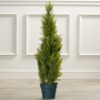
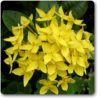
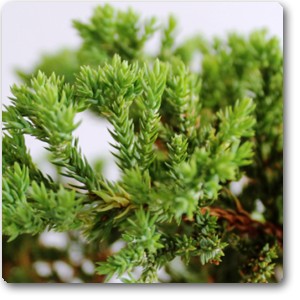
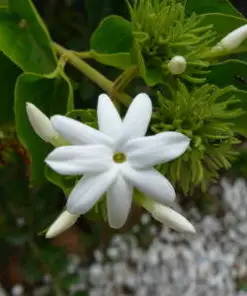
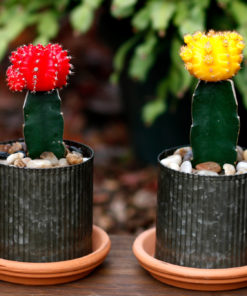
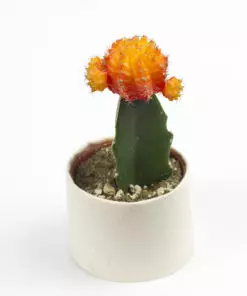
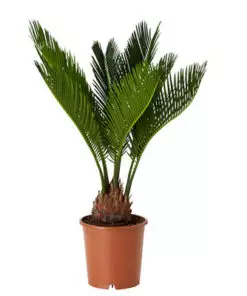
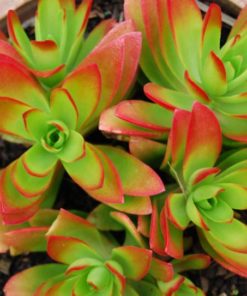
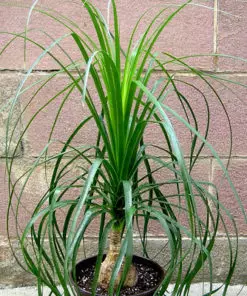
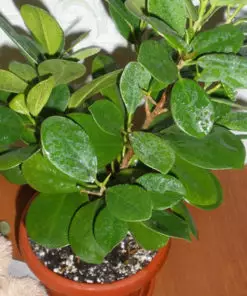
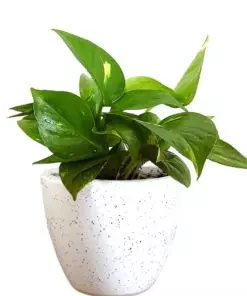
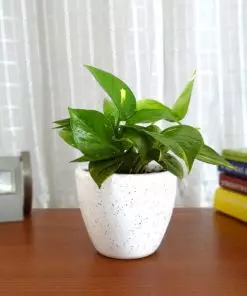
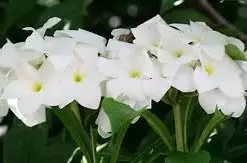
Reviews
There are no reviews yet.